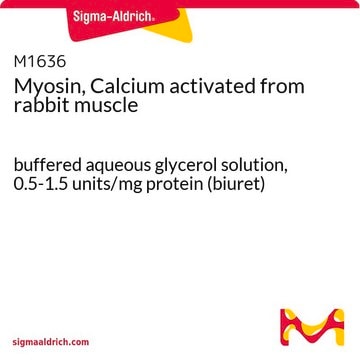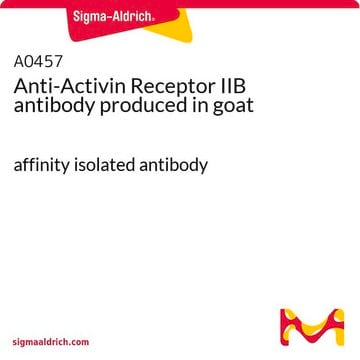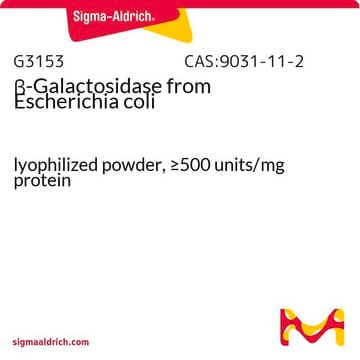In the absence of salts, actin exists as a globular monomeric protein (G-actin). In the presence of ATP, a divalent cation (Ca2+ or Mg2+) and high salts (KCl, NaCl or MgCl2), the G-actin polymerizes to form a fibrous or filamentous actin (F-actin) which incorporates the cation and ATP (3,4). Dialysis of the F-actin solution (viscous) against water reverses the polymerization (2). The actin as it is supplied in product A3653 has been extensively dialyzed to be converted into G-Actin.
This is described in the product information sheet: https://www.sigmaaldrich.com/deepweb/assets/sigmaaldrich/product/documents/313/659/a3653pis.pdf
References
2. Sigma quality control and production.
3. Carlier, M.-F., J. Biol. Chem., 266, 1-4 (1991) - citing Kabsch, W. et al., Nature, 347, 37-44 (1990).
4. Merck Index, 12th Ed., #137 (1996).












